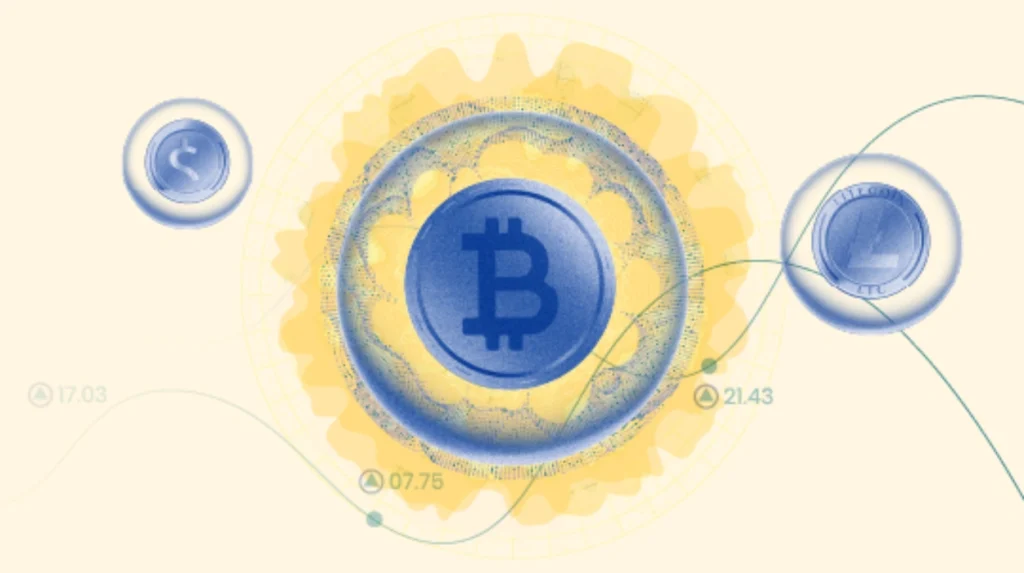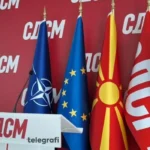The evolving landscape of cryptocurrency regulation in the European Union exemplifies a dynamic balance between fostering innovation and protecting consumers and investors. With rapid developments in digital asset markets, the EU has implemented comprehensive frameworks crafted to oversee crypto-assets, issuers, and service providers. This regulation, led by the Markets in Crypto-Assets (MiCA) regulation, highlights how crypto lobbying has influenced policymaking to shape adaptable yet robust oversight, responding to technological advancements and financial stability concerns.
Understanding Crypto-Assets and Regulatory Scope in the EU
Crypto-assets in the EU include digital representations of value or rights that can be electronically transferred and stored using distributed ledger technology (DLT), such as blockchain. These assets serve diverse purposes including as a medium of exchange (cryptocurrencies), access rights to services (utility tokens), or investment instruments granting ownership rights. The EU’s regulatory regime specifically addresses asset-referenced tokens (stablecoins referencing multiple currencies), e-money tokens pegged to a single fiat currency, and other utility tokens. This regulatory clarity is essential for reducing market uncertainties inherent in the digital asset space.
The MiCA regulation, formally adopted in mid-2023 and phased in starting December 2024, harmonizes market rules for crypto issuers and service providers across member states under one comprehensive framework. It imposes licensing requirements, transparency standards, environmental impact disclosures, and consumer protection mandates. Additional legislation like the Digital Operational Resilience Act (DORA) complements MiCA by enhancing the operational resilience of financial entities, including crypto firms, against cyber risks and technological failures. The EU also enforces anti-money laundering directives (AMLD5 and AMLD6), which impose strict know-your-customer (KYC) and transaction monitoring obligations on crypto businesses, ensuring compliance with international AML and counter-terrorism financing standards.
The Role of Crypto Lobbying in Shaping EU Regulation
Lobbying efforts by cryptocurrency businesses, industry associations, and related stakeholders have significantly influenced the design and implementation of these regulatory frameworks. As the EU sought to balance innovation incentives with market integrity and financial security, lobbyists advocated for clarity in definitions, reasonable compliance burdens, and provisions facilitating industry growth without compromising oversight effectiveness.
The crypto lobby highlighted the importance of a unified regulatory perimeter that prevents fragmented national approaches, which could stifle cross-border activities and innovation. They also pushed for pragmatic rules around stablecoins to ensure their backing while enabling broader use cases. Environmental impact disclosures reflect lobby-driven transparency demands amid increasing scrutiny of crypto’s energy consumption, a key concern supported by data showing that certain crypto-assets consume energy comparable to medium-sized countries annually.
Effective lobbying combined expert consultations, participation in public hearings, and collaboration with regulatory bodies to fine-tune MiCA provisions on supervision, authorization, and liability rules. This influence tactic shaped regulations that emphasize consumer safeguards, impose strong governance on crypto service providers, and maintain market integrity, reinforcing investor confidence while supporting technological evolution.
Market Implications and Consumer Protections
The comprehensive EU regulatory regime enhances consumer protections through improved transparency requirements and stricter supervision of crypto service offerings. Crypto Asset Service Providers (CASPs) are now mandated to obtain licenses, hold sufficient capital reserves, implement risk management systems, and disclose material information about the risks inherent in digital assets. This helps mitigate fraud, market abuse, and systemic risks.
Furthermore, MiCA introduces a public registry maintained by the European Banking Authority (EBA) to track non-compliant service providers, fostering accountability and consumer trust. Enhanced AML/CFT protocols further secure the market against illicit activities, reinforcing global standards advocated by organizations such as the Financial Action Task Force (FATF).
Regulators also target the crypto ecosystem’s environmental footprint by requiring issuers to report energy consumption metrics transparently. This institutional focus aligns with broader EU commitments to sustainability and climate action, embedding environmental responsibility into financial innovation policies.
Challenges and Future Developments in EU Crypto Regulation
Despite these advances, challenges remain. Crypto firms face adapting legacy systems and operational models to meet new European standards, requiring significant investment in compliance infrastructure. Transitional periods until mid-2026 offer temporary relief, but full enforcement poses ongoing operational and legal hurdles.
The EU’s multi-layered supervision system, combining national regulators with EU-level authorities, necessitates continuous coordination to avoid regulatory gaps or overlaps. Lobbyists continue to monitor these developments closely, advocating for regulatory flexibility accommodating fast-paced technological changes such as decentralized finance (DeFi) and non-fungible tokens (NFTs).
Looking ahead, regulatory focus is expected to broaden on emerging crypto trends including tokenization of traditional assets, interoperability standards, and enhanced consumer dispute resolution mechanisms. The EU’s approach serves as a model for balancing the disruptive potential of crypto-assets with safeguards critical to financial stability and investor protection on a global scale.
Crypto lobbying in the European Union has played a pivotal role in shaping a regulatory framework that promotes innovation while ensuring market integrity, transparency, and consumer protection. The introduction of MiCA, alongside supplementary rules like DORA and AML directives, marks a significant milestone in digital asset regulation. These efforts reflect the EU’s commitment to fostering a resilient and competitive crypto market aligned with broader economic and environmental objectives. As the sector evolves, continuous dialogue between regulators and industry stakeholders will remain crucial for fine-tuning effective governance and sustaining trust in crypto-financial systems.







